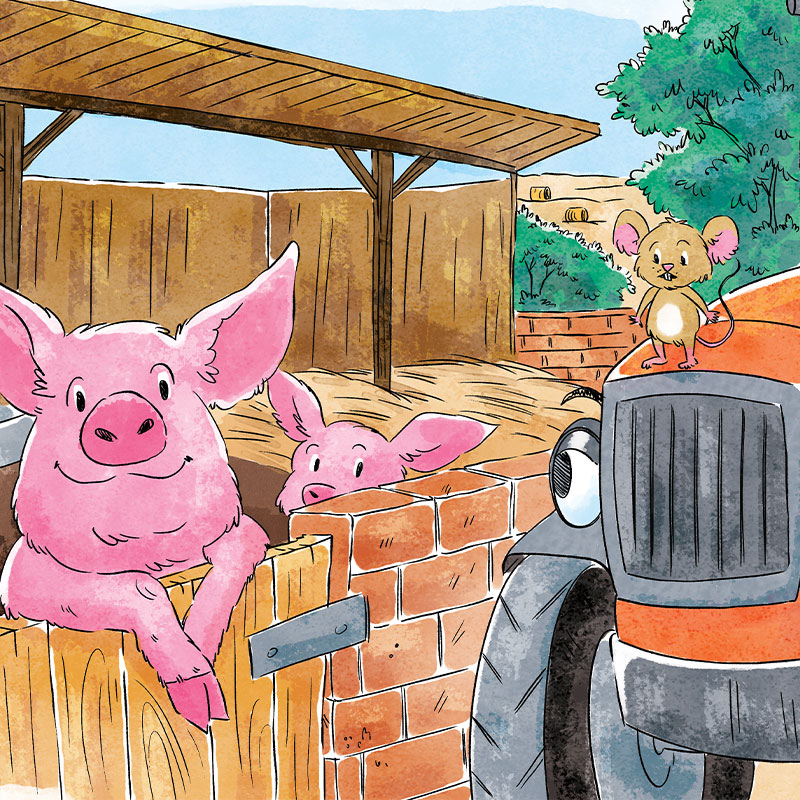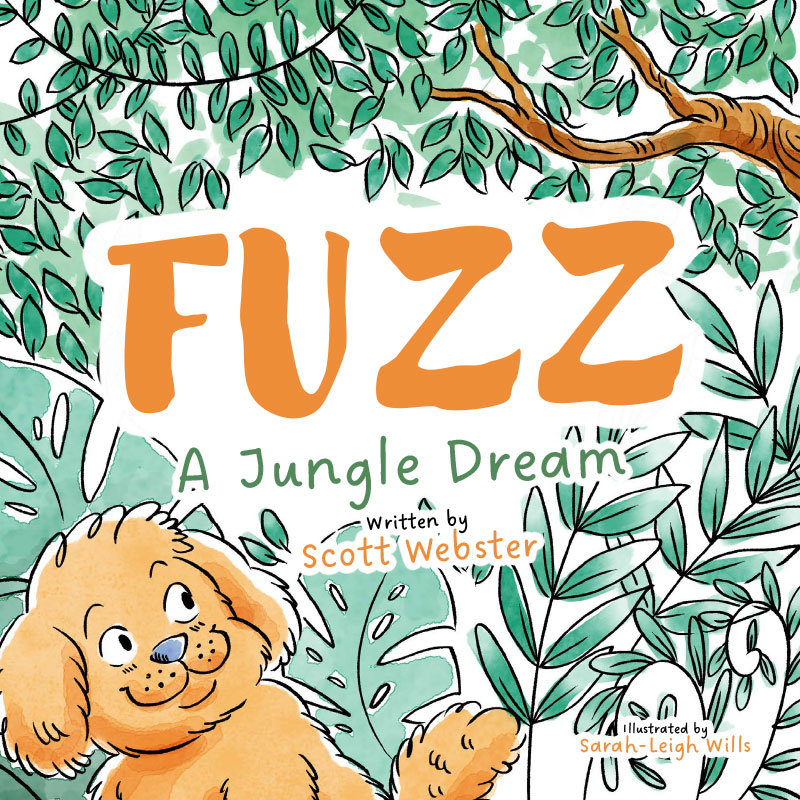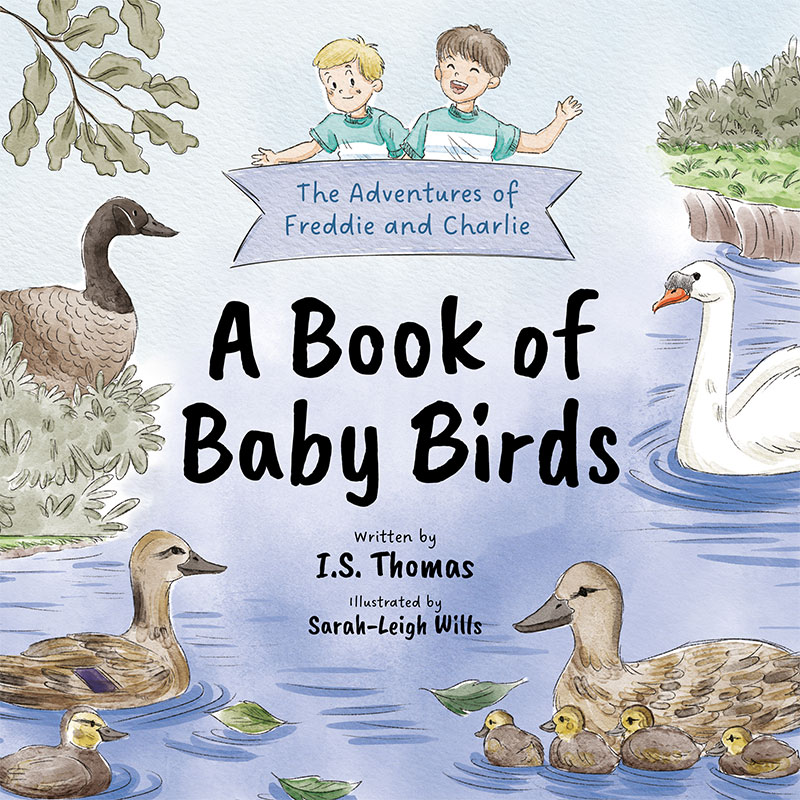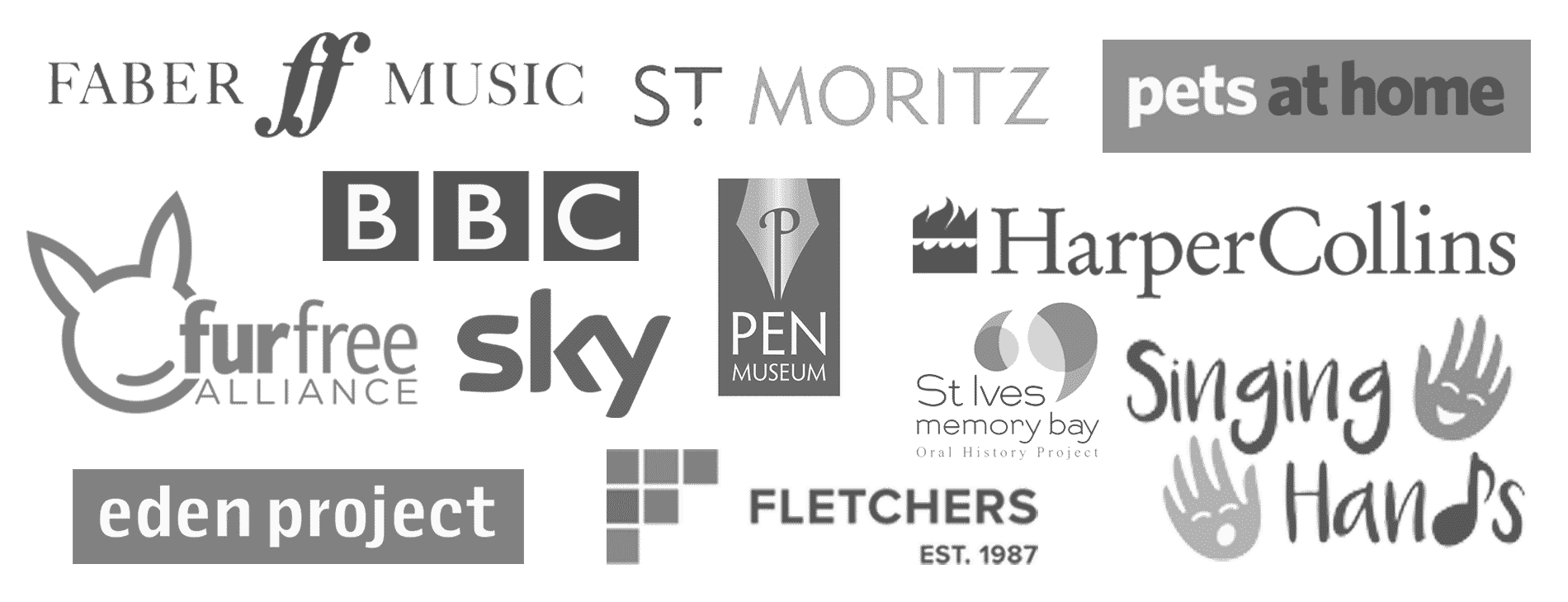Have you ever thought about how important colour is? Colour is everywhere, we use colour in everything, and colours have different means.
If you were hanging out the bunting for the Queen’s Platinum Jubilee celebrations or dressing up for the occasion, you’ll no doubt have opted for red, white and blue, to match the Union flag.
Similarly, if you’re planning Fourth of July celebrations, you’ll want to use the colours of the Star Spangled Banner (also of course, red, white and blue).
So colours can be tribal, because they make us feel like we belong. That’s why sports fans wear their team’s strip or paint their faces with the team colours.
There’s a whole psychology behind the meaning of colour. Red can mean danger or passion or anger; yellow can mean comfort and warmth; green is often akin to nature; and blue is the colour of trust and loyalty.

Colours mean different things to different people and provoke different reactions. If you are in business, it is useful to know a little about colours and how they might be interpreted by your potential customers. The meaning of colour may affect which hues you choose in your logo, for example, or the colours you wear at work (and we know some people who always dress in colours that match their logo, so they are really on message).
As logo designers, we understand how important colour is, so we marry our creations to our clients’ businesses, their message and the audience they are trying to reach. You can read a bit more about our logo design services here.

Ten fun facts about colour
- Did you know men and women see colour differently? According to researchers at the University of Arizona, being able to see red comes from the X chromosome. Since women have two X chromosomes, they are better able to see red/orange colours.
- What do you think the world’s favourite colour is? Apparently, it’s blue. Second favourite is purple.
- What’s a plant’s least favourite colour? Blue! We’re joking of course, but it is a fact that there are no true blue flowers. This is because true blue pigment doesn’t exist in plants. When you see a ‘blue’ flower or plant, other pigments and plant minerals combine with light to create the colour you see as ‘blue’. In actual fact, they are more often a shade of purple, lilac or red.
- People can have a phobia of colour, with a condition called chromophobia. Often, it will be a fear of one or two particular colours, and may have been triggered by a traumatic event with which that colour or colours are associated. For example, fear of red is called erytophobia, and is one of the most common because red is associated with danger, or embarrassment.
- Sir Isaac Newton didn’t just discover gravity, he also invented the colour wheel. He used a prism to split white light into the seven colours of the rainbow: red, orange, yellow, green, blue, indigo, violet. He realised that violet was a variation of red, so created a circle. How clever!
- Babies have only limited colour vision when they are first born, but by four months this is fully developed. The first colour they see is red.
- Fast food restaurants use red and yellow because, together, they can make you feel hungry. Red stimulates and yellow evokes feelings of comfort. Interesting… Big Mac, anyone?
- Pink can suppress feelings of anger and anxiety, so is often used in mental health facilities and in prisons.
- Flamingos are only pink because of their diet. Carotenoids are found in the microscopic algae that brine shrimp eat, so as a flamingo dines on algae and brine shrimp, its body metabolises the pigments, which turn its feathers pink.
- Colours are more memorable than black and white, according to psychologists – something to bear in mind when meeting people, networking or creating your business’s colour palette.

Six colourful books
Did you know, colours often feature in the titles of books? Here are a few well-known ones.
- Anne of Green Gables, by LM Montgomery, a classic children’s book, that we love, all about an orphan called Anne
- The Scarlett Pimpernel, by Baroness Emma Orcz, where a mysterious hero sets about rescuing aristocrats from the guillotine, during the French Revolution
- A Study in Scarlett, by Sir Arthur Conan Doyle, which introduces us to Sherlock Holmes
- The Mystery of the Blue Train, by Agatha Christie, the queen of crime fiction
- The Silver Chair, by CS Lewis, and the sixth in his series of Narnia books
- Black Beauty, by Anna Sewell – another classic children’s book about a much-loved horse

Happydesigner and colour
We love colour, because it’s so important to our role as quirky children’s book illustrators. But of course, we prefer some colours to others, so we ask our team which hue they like best.
- Sarah-Leigh – orange
- Barry – Yellow
- The studio guinea pigs – green (same colour as their fave food: dandelions)
- Erik the studio cat – didn’t deign to answer. It was beneath him!
We hope you enjoyed our colourful blog. If you’d like a little colour in your logo, or wants some quirky and colourful children’s book illustrations, we’d love to help. Get in touch with the team here at Happydesigner or email hello@happydesigner.co.uk.
Written by Jo Smyth (www.wordworker.co.uk)




